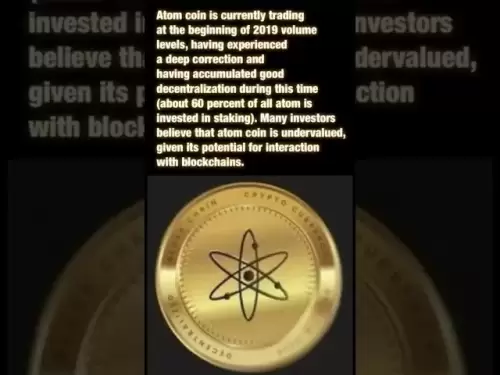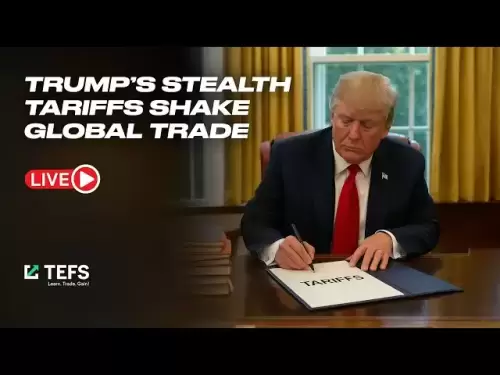-
 Bitcoin
Bitcoin $115200
-2.68% -
 Ethereum
Ethereum $3601
-5.16% -
 XRP
XRP $3.035
-2.96% -
 Tether USDt
Tether USDt $0.9997
-0.04% -
 BNB
BNB $764.5
-5.43% -
 Solana
Solana $168.1
-5.92% -
 USDC
USDC $0.9998
-0.02% -
 Dogecoin
Dogecoin $0.2090
-4.80% -
 TRON
TRON $0.3272
-0.49% -
 Cardano
Cardano $0.7306
-5.00% -
 Hyperliquid
Hyperliquid $39.16
-12.22% -
 Stellar
Stellar $0.3967
-4.96% -
 Sui
Sui $3.566
-5.95% -
 Chainlink
Chainlink $16.55
-6.57% -
 Bitcoin Cash
Bitcoin Cash $552.3
-3.90% -
 Hedera
Hedera $0.2516
-4.69% -
 Avalanche
Avalanche $21.99
-5.75% -
 Toncoin
Toncoin $3.621
-0.28% -
 Ethena USDe
Ethena USDe $1.000
-0.03% -
 UNUS SED LEO
UNUS SED LEO $8.951
0.02% -
 Litecoin
Litecoin $105.9
-3.59% -
 Shiba Inu
Shiba Inu $0.00001232
-5.00% -
 Polkadot
Polkadot $3.640
-5.55% -
 Uniswap
Uniswap $9.048
-7.03% -
 Monero
Monero $301.8
-1.51% -
 Dai
Dai $0.9999
-0.01% -
 Bitget Token
Bitget Token $4.334
-3.66% -
 Pepe
Pepe $0.00001064
-6.17% -
 Cronos
Cronos $0.1367
-5.78% -
 Aave
Aave $259.2
-4.59%
How to predict the critical points of trend continuation or reversal through K-line pattern combinations?
K-line pattern combinations, like Hammer followed by Bullish Engulfing, help traders predict trend reversals in the crypto market, enhancing decision-making.
Jun 08, 2025 at 08:14 pm
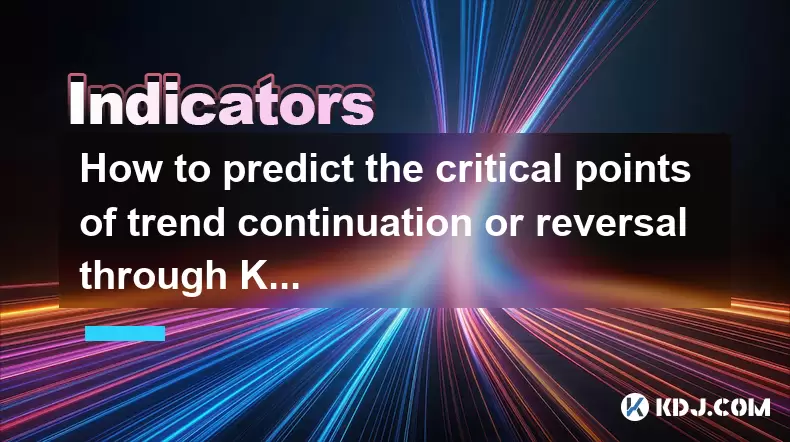
Understanding how to predict the critical points of trend continuation or reversal through K-line pattern combinations is crucial for traders in the cryptocurrency market. K-line patterns, also known as candlestick patterns, provide visual cues that can help traders make informed decisions about when to enter or exit trades. By combining various K-line patterns, traders can enhance their ability to forecast market movements. This article will explore different K-line pattern combinations and their implications for predicting trend continuation or reversal.
The Basics of K-line Patterns
Before delving into specific combinations, it is essential to understand the basics of K-line patterns. K-line patterns are formed by the open, high, low, and close prices of an asset over a specific period. These patterns can be bullish, bearish, or neutral, and they provide insights into market sentiment. Some common K-line patterns include the Doji, Hammer, Shooting Star, and Engulfing patterns. Each pattern has a unique shape and interpretation, which can be combined to predict market trends.
Bullish Reversal Patterns
Bullish reversal patterns signal a potential end to a downtrend and the beginning of an uptrend. One effective combination for predicting a bullish reversal is the Hammer followed by a Bullish Engulfing pattern. The Hammer pattern occurs when the price opens, trades lower, and then closes near the opening price, forming a small body with a long lower shadow. If the next candle forms a Bullish Engulfing pattern, where the body of the second candle completely engulfs the body of the first, it strengthens the signal of a potential reversal. This combination suggests that buyers are gaining control and the downtrend may be reversing.
Another powerful bullish reversal combination is the Morning Star pattern. This pattern consists of three candles: a long bearish candle, followed by a small-bodied candle that gaps down from the first, and finally, a long bullish candle that closes well into the body of the first candle. The Morning Star pattern indicates that the selling pressure is diminishing, and buyers are stepping in, which could lead to a trend reversal.
Bearish Reversal Patterns
Bearish reversal patterns signal a potential end to an uptrend and the beginning of a downtrend. A common combination for predicting a bearish reversal is the Shooting Star followed by a Bearish Engulfing pattern. The Shooting Star pattern forms when the price opens, trades higher, and then closes near the opening price, creating a small body with a long upper shadow. If the next candle forms a Bearish Engulfing pattern, where the body of the second candle completely engulfs the body of the first, it strengthens the signal of a potential reversal. This combination suggests that sellers are gaining control and the uptrend may be reversing.
Another effective bearish reversal combination is the Evening Star pattern. This pattern consists of three candles: a long bullish candle, followed by a small-bodied candle that gaps up from the first, and finally, a long bearish candle that closes well into the body of the first candle. The Evening Star pattern indicates that the buying pressure is diminishing, and sellers are stepping in, which could lead to a trend reversal.
Continuation Patterns
Continuation patterns suggest that the current trend is likely to continue. One popular bullish continuation pattern is the Bullish Harami. This pattern consists of a large bearish candle followed by a small bullish candle that is completely contained within the body of the first candle. If this pattern occurs within an uptrend, it suggests that the uptrend is likely to continue after a brief pause. To strengthen the signal, traders can look for a subsequent bullish candle that closes higher than the high of the Bullish Harami pattern.
A common bearish continuation pattern is the Bearish Harami. This pattern consists of a large bullish candle followed by a small bearish candle that is completely contained within the body of the first candle. If this pattern occurs within a downtrend, it suggests that the downtrend is likely to continue after a brief pause. To strengthen the signal, traders can look for a subsequent bearish candle that closes lower than the low of the Bearish Harami pattern.
Combining Multiple Patterns
For more accurate predictions, traders often combine multiple K-line patterns. Combining a Doji with a Hammer or Shooting Star can provide a stronger signal for a potential reversal. A Doji pattern occurs when the open and close prices are virtually the same, indicating indecision in the market. If a Doji is followed by a Hammer or Shooting Star pattern, it can confirm the potential for a trend reversal.
Another effective combination is a series of Engulfing patterns. For example, if a Bullish Engulfing pattern is followed by another Bullish Engulfing pattern, it can provide a stronger signal for a bullish reversal. Similarly, a series of Bearish Engulfing patterns can strengthen the signal for a bearish reversal. Traders should look for these patterns in conjunction with other technical indicators to increase the reliability of their predictions.
Practical Application in Trading
To apply these K-line pattern combinations in trading, follow these steps:
- Identify the current trend: Determine whether the market is in an uptrend, downtrend, or ranging phase.
- Look for initial patterns: Scan the chart for the initial patterns such as a Hammer, Shooting Star, or Doji.
- Confirm with subsequent patterns: Look for subsequent patterns such as Engulfing patterns or Morning/Evening Star patterns to confirm the initial signal.
- Use additional indicators: Combine K-line patterns with other technical indicators such as moving averages, RSI, or MACD to increase the accuracy of your predictions.
- Set entry and exit points: Based on the confirmed patterns and indicators, set your entry and exit points for trades.
By following these steps, traders can effectively use K-line pattern combinations to predict critical points of trend continuation or reversal in the cryptocurrency market.
Frequently Asked Questions
Q: Can K-line pattern combinations be used in conjunction with other forms of technical analysis?
A: Yes, K-line pattern combinations can be used alongside other forms of technical analysis such as moving averages, RSI, and MACD. Combining these methods can provide a more comprehensive view of market trends and increase the accuracy of predictions.
Q: How reliable are K-line pattern combinations in predicting market movements?
A: The reliability of K-line pattern combinations can vary depending on market conditions and the specific patterns used. While they can provide valuable insights, it is important to use them in conjunction with other technical indicators and to consider the overall market context.
Q: Are K-line pattern combinations more effective in certain time frames?
A: K-line pattern combinations can be effective across various time frames, but their reliability may vary. Shorter time frames such as 1-minute or 5-minute charts may produce more false signals, while longer time frames such as daily or weekly charts tend to provide more reliable signals.
Q: Can beginners effectively use K-line pattern combinations to predict market trends?
A: Yes, beginners can use K-line pattern combinations to predict market trends, but it is important for them to gain a solid understanding of the basics of K-line patterns and practice using them in a demo trading environment before applying them in live trading.
Disclaimer:info@kdj.com
The information provided is not trading advice. kdj.com does not assume any responsibility for any investments made based on the information provided in this article. Cryptocurrencies are highly volatile and it is highly recommended that you invest with caution after thorough research!
If you believe that the content used on this website infringes your copyright, please contact us immediately (info@kdj.com) and we will delete it promptly.
- FTX Token's Wild Ride: FTT Drop Amidst Creditor Repayment Buzz
- 2025-08-02 01:30:12
- Navigating the Crypto Market: Bitcoin, Trader Experience, and Avoiding the Noise
- 2025-08-02 00:50:12
- Deep Agents, AI Task Management, and Evolution AI: A New Era?
- 2025-08-02 00:50:12
- SPX6900, BlockDAG, and Miner Sales: A New York Minute on Crypto Trends
- 2025-08-01 23:30:15
- BlackRock, XRP ETF, and Ripple: Is the Perfect Storm Brewing?
- 2025-08-01 22:50:11
- Solana ETF Momentum Builds: Will SOL Join the Institutional Party?
- 2025-08-02 00:10:15
Related knowledge
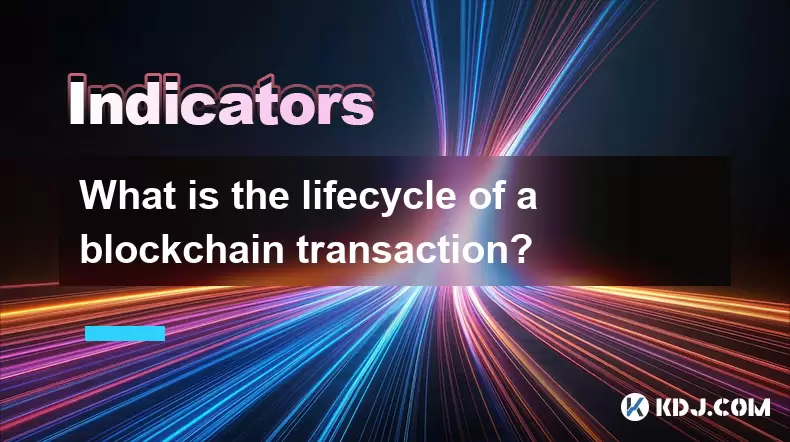
What is the lifecycle of a blockchain transaction?
Aug 01,2025 at 07:56pm
Initiation of a Blockchain TransactionA blockchain transaction begins when a user decides to transfer digital assets from one wallet to another. This ...
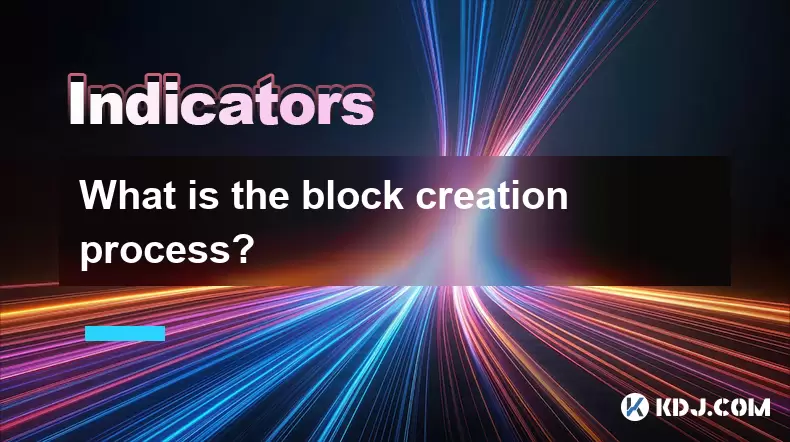
What is the block creation process?
Aug 02,2025 at 02:35am
Understanding the Block Creation Process in CryptocurrencyThe block creation process is a fundamental mechanism in blockchain networks that enables th...

How do I secure my private key?
Aug 01,2025 at 05:14pm
Understanding the Importance of Private Key SecurityYour private key is the most critical component of your cryptocurrency ownership. It is a cryptogr...
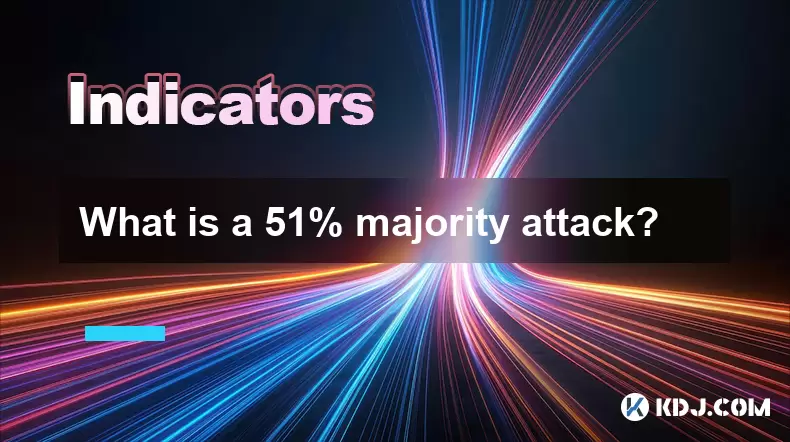
What is a 51% majority attack?
Aug 01,2025 at 09:15pm
Understanding the Concept of a 51% Majority AttackA 51% majority attack occurs when a single entity or group gains control over more than half of a bl...
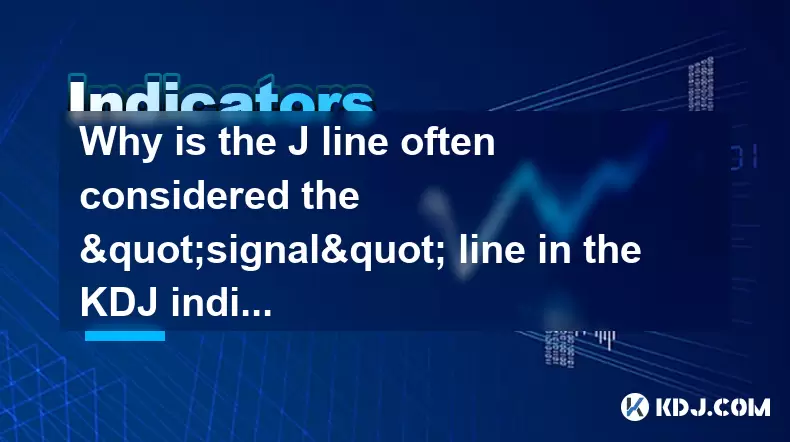
Why is the J line often considered the "signal" line in the KDJ indicator?
Aug 01,2025 at 07:28pm
Understanding the KDJ Indicator StructureThe KDJ indicator is a momentum oscillator widely used in cryptocurrency trading to identify overbought and o...
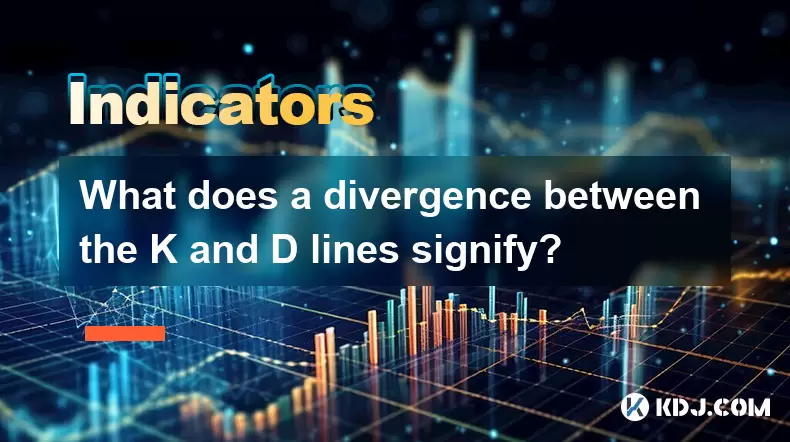
What does a divergence between the K and D lines signify?
Aug 01,2025 at 06:49pm
Understanding the Stochastic Oscillator and Its ComponentsThe Stochastic Oscillator is a momentum indicator widely used in cryptocurrency trading to a...

What is the lifecycle of a blockchain transaction?
Aug 01,2025 at 07:56pm
Initiation of a Blockchain TransactionA blockchain transaction begins when a user decides to transfer digital assets from one wallet to another. This ...

What is the block creation process?
Aug 02,2025 at 02:35am
Understanding the Block Creation Process in CryptocurrencyThe block creation process is a fundamental mechanism in blockchain networks that enables th...

How do I secure my private key?
Aug 01,2025 at 05:14pm
Understanding the Importance of Private Key SecurityYour private key is the most critical component of your cryptocurrency ownership. It is a cryptogr...

What is a 51% majority attack?
Aug 01,2025 at 09:15pm
Understanding the Concept of a 51% Majority AttackA 51% majority attack occurs when a single entity or group gains control over more than half of a bl...

Why is the J line often considered the "signal" line in the KDJ indicator?
Aug 01,2025 at 07:28pm
Understanding the KDJ Indicator StructureThe KDJ indicator is a momentum oscillator widely used in cryptocurrency trading to identify overbought and o...

What does a divergence between the K and D lines signify?
Aug 01,2025 at 06:49pm
Understanding the Stochastic Oscillator and Its ComponentsThe Stochastic Oscillator is a momentum indicator widely used in cryptocurrency trading to a...
See all articles

























